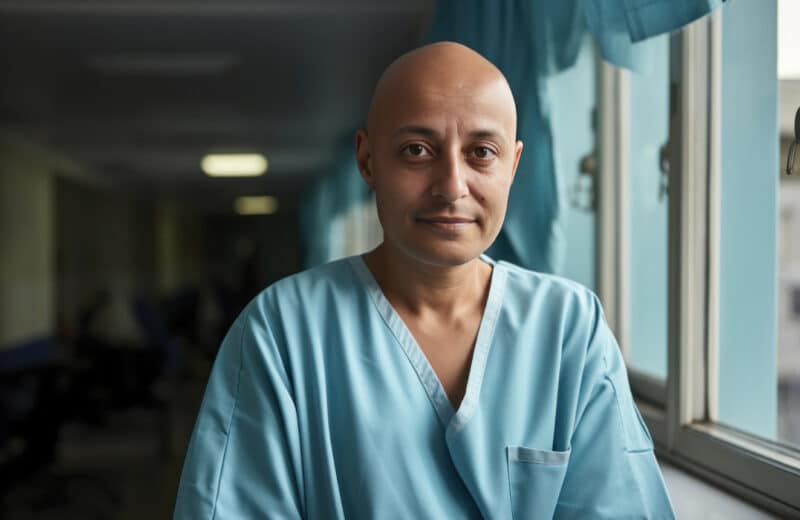DEAR MAYO CLINIC: My mother was diagnosed with stage III ovarian cancer a few weeks ago. She had surgery and is about to begin chemotherapy, and I’ve read that sometimes chemo is more effective if it is given directly in the abdomen. Is this commonly done, and should I ask her doctor about it? Also, why is radiation not part of her treatment plan?
ANSWER: Treatment for ovarian cancer at the stage of your mother’s diagnosis typically includes a combination of surgery and chemotherapy. Radiation therapy was used for ovarian cancer in the past, but today it is uncommon because the other two treatments have been shown to be more effective for this type of cancer.
Ovarian cancer is a rare cancer. About 22,000 cases are diagnosed each year in the United States, compared to several hundred thousand cases of breast cancer. It begins in the ovaries — the two small organs on either side of the uterus that create eggs, or ova, and make the hormones progesterone and estrogen. Cancer that looks and behaves like ovarian cancer can also start in the Fallopian tubes or the lining of the pelvis or abdomen, called the peritoneum. All three of these cancers are treated the same way — with surgery and chemotherapy — and they are all often referred to as “ovarian cancer.”
Symptoms of ovarian cancer often are vague. They usually include abdominal bloating or pain, a feeling of fullness in the pelvis or abdomen, change in bowel or bladder function, and getting full early or quickly when you’re eating.
Because of its indistinct symptoms, ovarian cancer usually goes undetected until it’s in the later stages, often spreading to other areas of the pelvis or abdomen. If it is caught very early, before it has moved beyond an ovary, then surgery to remove the ovary may be all that is necessary for successful treatment. Generally, the entire ovary needs to be taken out, rather than just the cancerous mass. That’s because if the ovary ruptures during surgery, it can cause the cancer to spread.
Biopsies of other parts of the abdomen and pelvis, such as the lymph nodes and peritoneum, accompany removal of the ovary. The biopsies allow doctors to see if the cancer has spread and definitively determine the cancer’s stage.
In the vast majority of ovarian cancer cases, surgery is followed by chemotherapy to destroy any cancer cells that may have spread outside the ovary. This would certainly be the case for your mother at stage III, which means that the cancer has spread to the abdomen.
You are correct that chemotherapy may be given directly into the abdomen in some cases, and it would be worthwhile for your mother to talk with her doctor about that possibility. But abdominal chemotherapy isn’t used alone. It is coupled with systemic chemotherapy — that’s chemotherapy delivered through an intravenous line in the arm or hand, or through a port placed under the skin. Systemic chemotherapy travels throughout the entire body. It’s important that it be given along with abdominal chemotherapy, so if any cancer cells have moved beyond the abdomen, the chemotherapy will be able to reach those cells as well.
Radiation therapy — using beams of intense energy to kill cancer cells — was part of standard treatment for ovarian cancer in the 1990s and earlier. Since then, however, better chemotherapy regimens have been developed for ovarian cancer. Due to the effectiveness of chemotherapy, radiation therapy is not routinely used for this type of cancer anymore.
Throughout your mother’s treatment, I would strongly encourage her to ask her doctor any questions she has about her diagnosis and the recommended treatment plan, and to discuss any topics that seem confusing or unclear. Being actively engaged and having a clear understanding of what’s happening and why can often be very helpful for people who are dealing with cancer. — Jamie N. Bakkum-Gamez, M.D., Gynecologic Surgery, Mayo Clinic, Rochester, Minn.
(Mayo Clinic Q & A is an educational resource and doesn’t replace regular medical care. E-mail a question to MayoClinicQ&A@mayo.edu. For more information, visit www.mayoclinic.org.)












